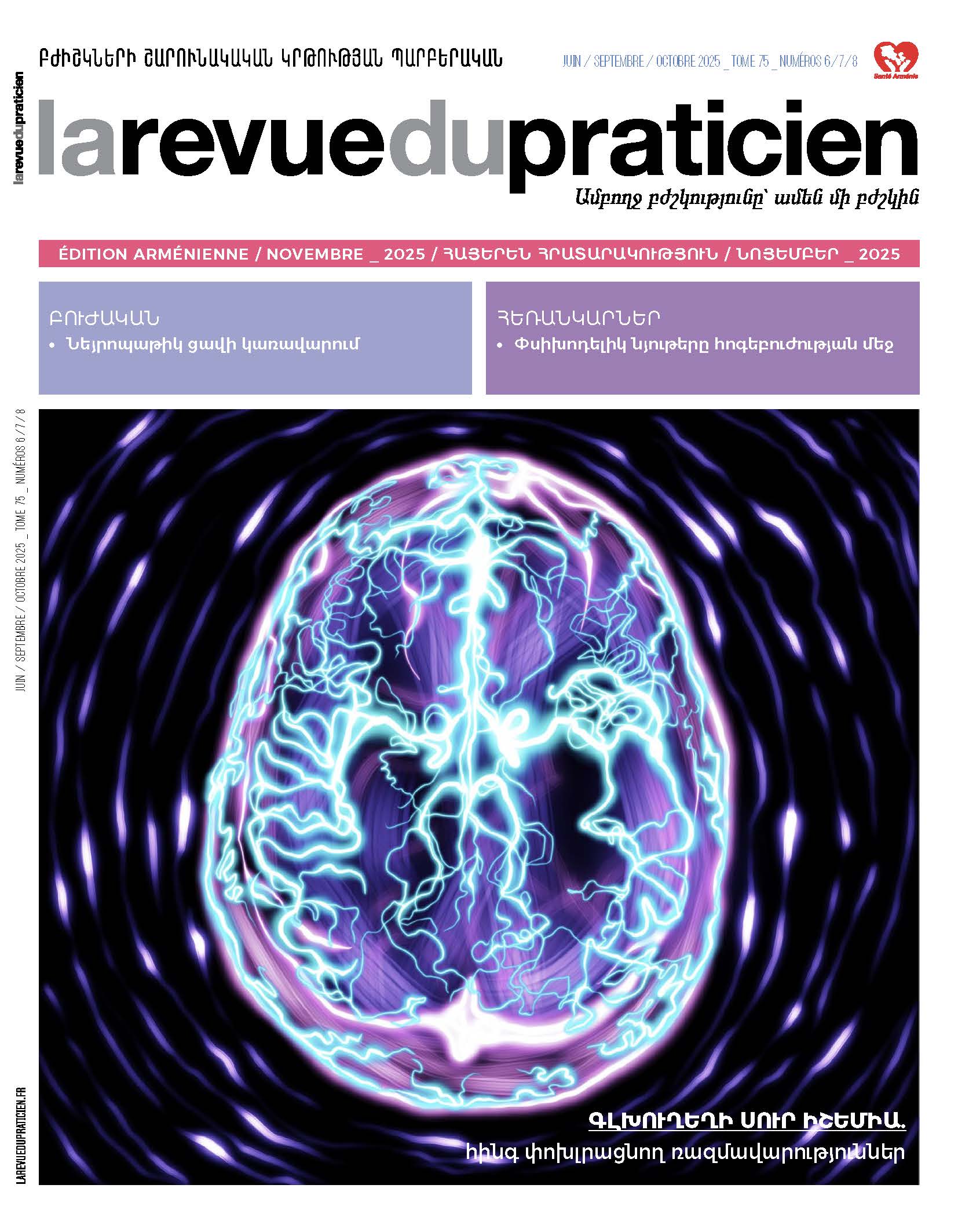Epidemiology and risk factors of ANCAassociated vasculitides 34
Lucas Pacoureau, Maxime Beydon, Benjamin Terrier, Yann Nguyen.Abstract
ANCA-associated vasculitides (AAV) are a group of small-vessel vasculitides including microscopic polyangiitis (MPA), granulomatosis with polyangiitis (GPA), and eosinophilic granulomatosis with polyangiitis (GEPA). These are rare diseases, with a worldwide incidence estimated at 17.2 new cases per million person-years (with great variability according to the studies, the methodology, and geographic location). Their prevalence in France is around 100 cases per million inhabitants. The incidence and prevalence of AAV seems to have increased over the last few decades, reflecting both improved diagnostic performance (owing to the widespread use of ANCA testing), and better management leading to improved survival. As with other autoimmune diseases, several data suggest a complex interaction between polygenic genetic susceptibility, epigenetic influences, and environmental triggers. Among the most extensively studied risk factors, silica, and more broadly dust inhalation, appear to be most frequently associated with the risk of AAV. There also appear to be an increased risk of AAV associated with some infectious agents (such as Staphylococcus aureus), or with certain drugs.
